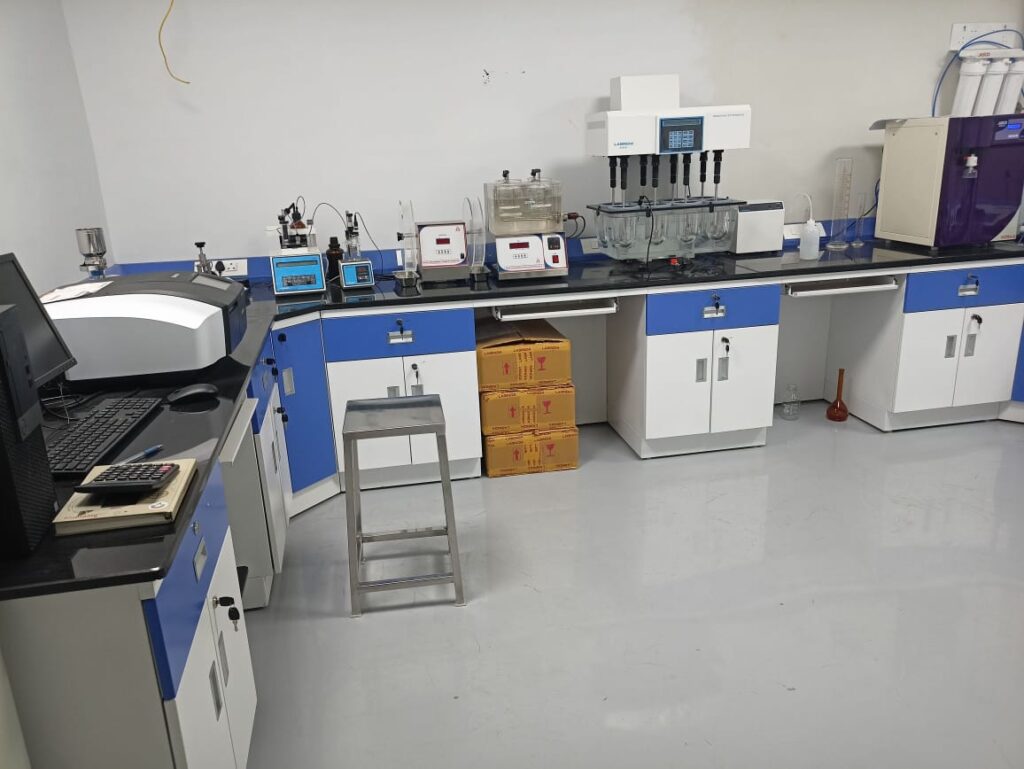Introduction
The pharmaceutical industry is constantly evolving, driven by technological advancements, regulatory changes, and the need for innovation. In 2024, the government guidelines for pharma manufacturing are set to undergo significant changes, shaping the future of the industry.

Overview of Pharma Manufacturing Guidelines
Current Guidelines
The current guidelines for pharma manufacturing focus on ensuring product quality, safety, and efficacy. They outline the requirements for good manufacturing practices (GMP), which are essential for pharmaceutical companies to follow.
Importance of Guidelines
These guidelines are crucial as they help maintain the highest standards in the production of pharmaceuticals, ensuring that patients receive safe and effective medicines.
Key Changes in 2024 Guidelines
Regulatory Updates
The 2024 guidelines are expected to introduce new regulatory requirements aimed at further improving the quality and safety of pharmaceutical products.
Impact on Manufacturing Processes
These changes will have a significant impact on manufacturing processes, requiring companies to adopt new technologies and practices to comply with the updated guidelines.
Technological Advancements
Automation and Robotics
One of the key trends in pharma manufacturing is the increased use of automation and robotics, which can improve efficiency and reduce the risk of errors.
AI and Machine Learning
Artificial intelligence (AI) and machine learning are also playing a growing role in pharma manufacturing, helping companies optimize processes and improve decision-making.

Quality Control and Assurance
Ensuring Product Quality
Maintaining product quality is paramount in pharma manufacturing, and the 2024 guidelines will likely place even greater emphasis on quality control and assurance.
Compliance with Guidelines
Companies will need to ensure that their manufacturing processes comply with the new guidelines to maintain regulatory compliance.
Supply Chain Management
Transparency and Traceability
Supply chain management is another area where the 2024 guidelines are expected to bring changes, with a focus on improving transparency and traceability.
Addressing Supply Chain Challenges
Pharmaceutical companies will need to address challenges such as counterfeit drugs and supply chain disruptions to comply with the new guidelines.
Environmental Sustainability
Green Manufacturing Practices
The pharma industry is also focusing on environmental sustainability, with an increasing emphasis on green manufacturing practices.
Meeting Environmental Regulations
Companies will need to ensure that their manufacturing processes are environmentally friendly and comply with regulations aimed at reducing carbon emissions and waste.
Future Trends in Pharma Manufacturing
Personalized Medicine
One of the key trends in pharma manufacturing is personalized medicine, which involves tailoring treatments to individual patients based on their genetic makeup.
Continuous Manufacturing
Continuous manufacturing is also gaining traction in the pharma industry, offering benefits such as reduced production times and improved efficiency.
Challenges and Opportunities
Regulatory Compliance
One of the main challenges facing pharmaceutical companies is ensuring regulatory compliance in an increasingly complex regulatory environment.
Adoption of New Technologies
While challenges exist, the 2024 guidelines also present opportunities for companies to adopt new technologies and practices that can improve efficiency and drive innovation.
Conclusion
The future of pharma manufacturing is bright, with the 2024 guidelines set to drive innovation and improve the quality and safety of pharmaceutical products. Companies that embrace these changes and adapt their manufacturing processes accordingly will be well-positioned to succeed in the evolving pharma landscape.
FAQs
- What are the key changes expected in the 2024 pharma manufacturing guidelines?
- The 2024 guidelines are expected to introduce new regulatory requirements aimed at further improving the quality and safety of pharmaceutical products.
- How will the 2024 guidelines impact manufacturing processes?
- The changes will have a significant impact on manufacturing processes, requiring companies to adopt new technologies and practices to comply with the updated guidelines.
- What role will automation and robotics play in pharma manufacturing?
- Automation and robotics can improve efficiency and reduce the risk of errors in pharma manufacturing.
- How important is compliance with the 2024 guidelines for pharmaceutical companies?
- Compliance with the guidelines is crucial for pharmaceutical companies to maintain regulatory compliance and ensure the quality and safety of their products.
- What are some of the future trends in pharma manufacturing?
- Future trends include personalized medicine and continuous manufacturing, which offer benefits such as tailored treatments and improved efficiency.

